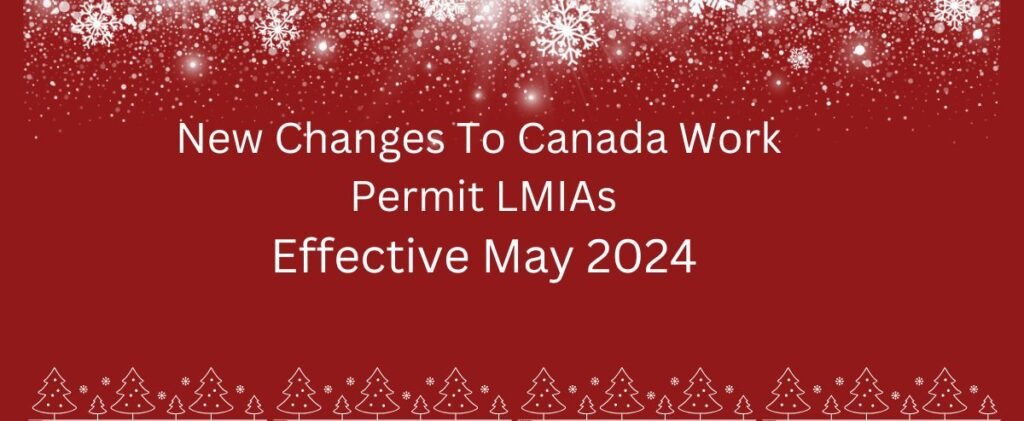Canada introduced new changes to the temporary foreign worker program, which allows Canadian employers to hire foreign workers on a work permit after receiving a positive LMIA.
LMIA stands for Labour Market Impact Assessment, done by the Employment and Social Development of Canada at the request of an employer with difficulty filling a critical job position.
Positive LMIA means an employer can hire a foreign worker since they cannot fill the vacant job position within the country.
ESDC introduced several changes post-pandemic to fill vacant positions because of record-high job vacancies at that time.
However, job vacancies have dropped significantly, and the unemployment rate is climbing. The Canadian unemployment rate in March was 6.1%, a 0.3% increase month-on-month.
So, the Canadian government adjusted the Temporary Foreign Worker Program in response to shifting labour market conditions and a decline in job openings to ensure that it is only used when no Canadians are available to fill the required position.
On April 1, 2024, Minister of Employment Randy Boissonnault announced that specific time-limited initiatives under the TFW Program Workforce Solutions Road Map introduced in 2022 will not be extended and will end this spring sooner than anticipated.
What are the new changes?
So, effective May 1, 2024:
New Labour Market Impact Assessments will be valid for six months instead of the previous twelve to guarantee precise labour market needs.
It is important to note that some may confuse it with work permit validity, but this is the validity of LMIAs– a timeframe within which an employer has to hire a foreign worker and apply for a work permit.
Except for the construction and healthcare industries, all industries listed in the 2022 Workforce Solutions Road Map will have to reduce the percentage of their entire workforce that may enter under the low wage stream of the Temporary Foreign Worker Program from 30% to 20%.
Before requesting an LMIA, employers must look at all of their options, including hiring asylum seekers with valid work permits in this country.
Previously, employers only needed to prove that they had made reasonable attempts to hire Canadian permanent residents and citizens. However, now they must also include asylum claimants on work permits.
What are the industries under the Workforce Solutions Road Map 2022?
The publication of the Workforce Solutions Road Map in 2022 covered seven industries:
1. Food Manufacturing (NAICS 311),
2. Wood Product Manufacturing (NAICS 321),
3. Furniture and Related Product Manufacturing (NAICS 337),
4. Accommodation and Food Services (NAICS 72),
5. Construction (NAICS 23),
6. Hospitals (NAICS 622), and
7. Nursing and Residential Care Facilities (NAICS 623).
Employers To Assess Salary For Temporary Foreign Workers in Canada
Previously, an important measure came into effect on January 1, 2024, which now requires employers to assess the pay of temporary foreign workers annually. This is to make sure it reflects changes to the going rates for their particular field and area of work.
These evaluations will ensure that businesses pay temporary foreign workers at the going rate for the duration of their employment through pay raises.
What is the Temporary Foreign Worker Program (TFWP)?
A program that allows Canadian employers to hire foreign workers to fill temporary labour and skill shortages when qualified Canadians are unavailable.
How many job openings are there in Canada?
There were 632,100 job vacancies across all sectors in January 2024, which saw a significant drop from the record high of 983,600 set in the second quarter of 2022.








